Persona 4 Arena hands-on: How to make your hardcore fighter accessible to mere mortals (without making it stupid)
While also remaining faithful to a JRPG...
Arc System Works’ much-lauded BlazBlue is two things. Firstly, it is one of the most technically brilliant 2D fighting games on the face of the Earth. Secondly, it is harder to get to grips with than a stampede of greased-up buffalo. But what if Arc could bring the fun and satisfaction of the former element without the vertical hill-climb of the latter? What would we end up with then, eh?
Let’s let its new Persona-themed fighter tell us shall we?
Because, you see, that’s exactly what Arc seems to be doing with Persona 4 Arena. Perhaps in an effort to open up the excellence of their fighters to a less dedicated audience of RPG players, or perhaps simply to allow a community of players beyond the autistic octopi of the world to play them for more than an hour without bursting into tears and gooey finger-blisters, the decision has been made to have P4A bring all of the depth without the brick-wall learning curve. And having gone hands-on, I can tell you that the attempt seems to have absolutely worked.
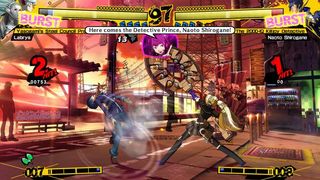
Now don’t get me wrong. I’ve consistently loved Arc’s games. Between Guilty Gear and Blazblue they’ve produced some of the best thought out, most sharply implemented fighters of the modern era. But when taking on any new Arc fighter, even a player with decent 2D fighting skills knows that he or she will have to set aside a day or so to get to grips with the multitude of complex and demanding fighting systems required to even competently make the thing work.
Not so this time round. You see while analogues to a great deal of Arc’s traditional systems and tropes are present and correct, everything just feels so damn effortless once you get your hands on it and start playing around. I won’t bother listing all of the control, attack and defence options here because a) it would be boring for both of us and b) the beginners' videos below will do the job far better than a tiresome paragraph of directions and button labels ever would.
Above: That's the basics done. Head over to our Persona 4 Arena video hub for more
Rest assured though, with your characters’ Personas now standing in for BlazBlue’s powered-up one-button Drive Attacks (but tempered nicely by the risk of getting them injured through foolhardy over-use), not to mention the staple array of dashes, evades, air-control and variously-powered standard and special techniques, the more demanding fighting game player will want for nothing. But for once, neither will the less dextrous player.
There are certain concrete elements which feed into this, though as with all great fighting games there’s a certain indefinable something about the overall feel of play that’s vitally important too. In terms of the more traditionally quantifiable stuff, combo timings have been made significantly more generous than the second-splitting tap windows demanded previously, with a simple standardised combo-breaker system across the board to balance things out. In-keeping with the philosophy of easy-to-remember, standardised command inputs, almost every special move in the game is performed via a simple quarter-circle fireball motion. P4A is about the fight, not the fight to remember how to fight.
Sign up to the 12DOVE Newsletter
Weekly digests, tales from the communities you love, and more
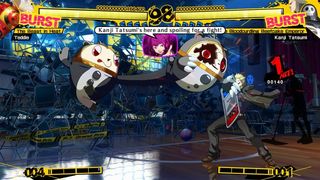
Similarly, in a move perhaps slightly aping Marvel vs. Capcom 3’s party-friendly set-up, everyone now has a default insta-combo available through mashing the A-button. Mercifully though, I found that far from dumbing things down to a mash-fest, this simply gives everyone a level point of entry from which they can start to develop their own more complex combo-game. See it as an easy-to-access opener rather than a tactic in and of itself. Basically anyone can now start an effective combo, but it’s where they choose to take it once it’s rolling that will separate the strong players from the scrubs.
But overall it’s just the feeling of immediacy and control that makes P4A such an instant pleasure to play. For all of the pyrotechnic lunacy exploding off all over each fight, the action is incredibly trackable. Not once did I suffer the kind of frantic eye-twitching panic that the faster, flashier Japanese fighters can all too often incite. Movements are smooth and totally comprehensible despite the eclecticism of character types and move-sets on show. Just as importantly, that sense of assured predictability in one’s travel around the screen, usually only earned via hours of practice with any new fighting game, arrived pretty immediately for me this time.
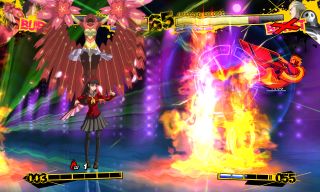
Obviously it’s going to take a lot more in-depth play (and hours of multiplayer) before I can really gauge just how deep and satisfying Persona 4 Arena is going to be long-term, but based on this current hands-on time I’d say it’s potential as a damnably fun cross-over hit is pretty high indeed. More info as we get it.
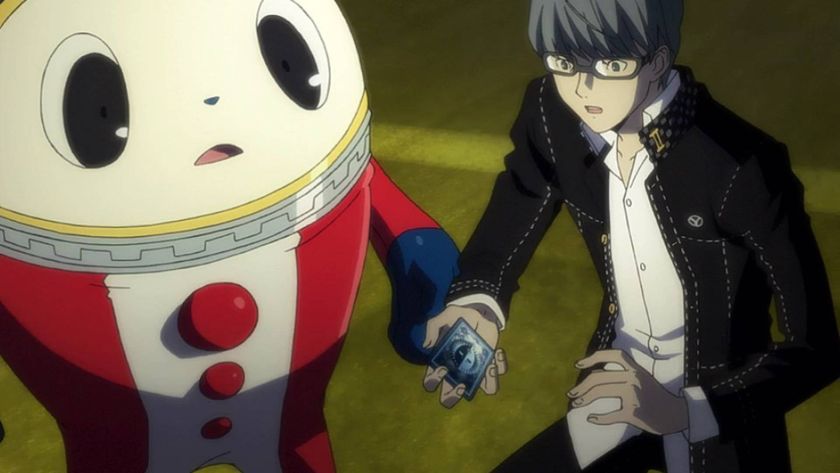
Persona 4 fans are in shambles as website domain for "p4re" appears, potentially following in the footsteps of the Persona 3 Reload announcement
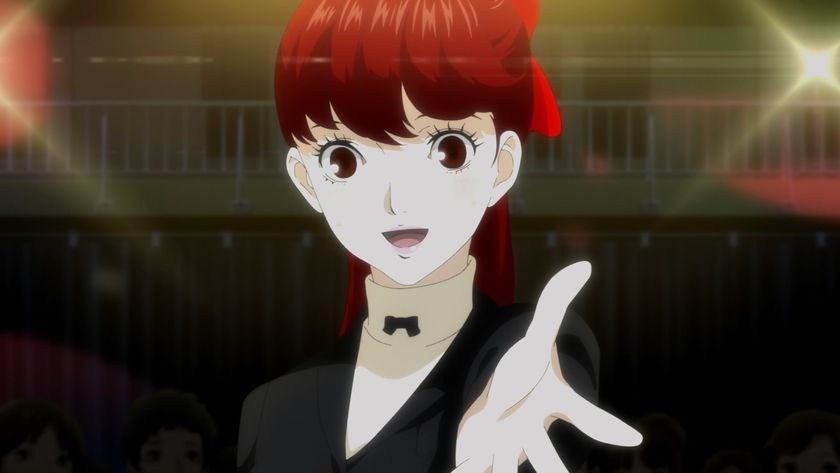
Sega outlines plan to "strengthen" Persona, Yakuza, and Sonic studios, says "Atlus is an important studio for us to expand Japanese IPs overseas"











